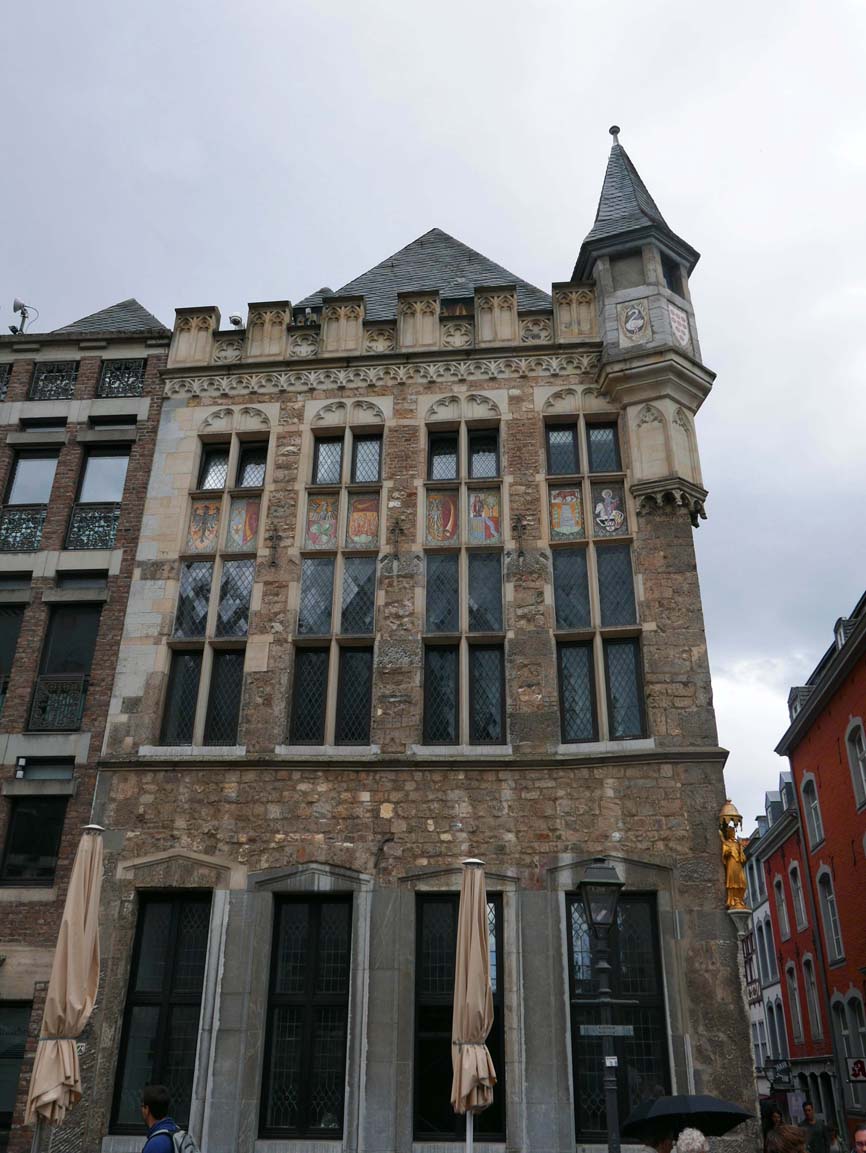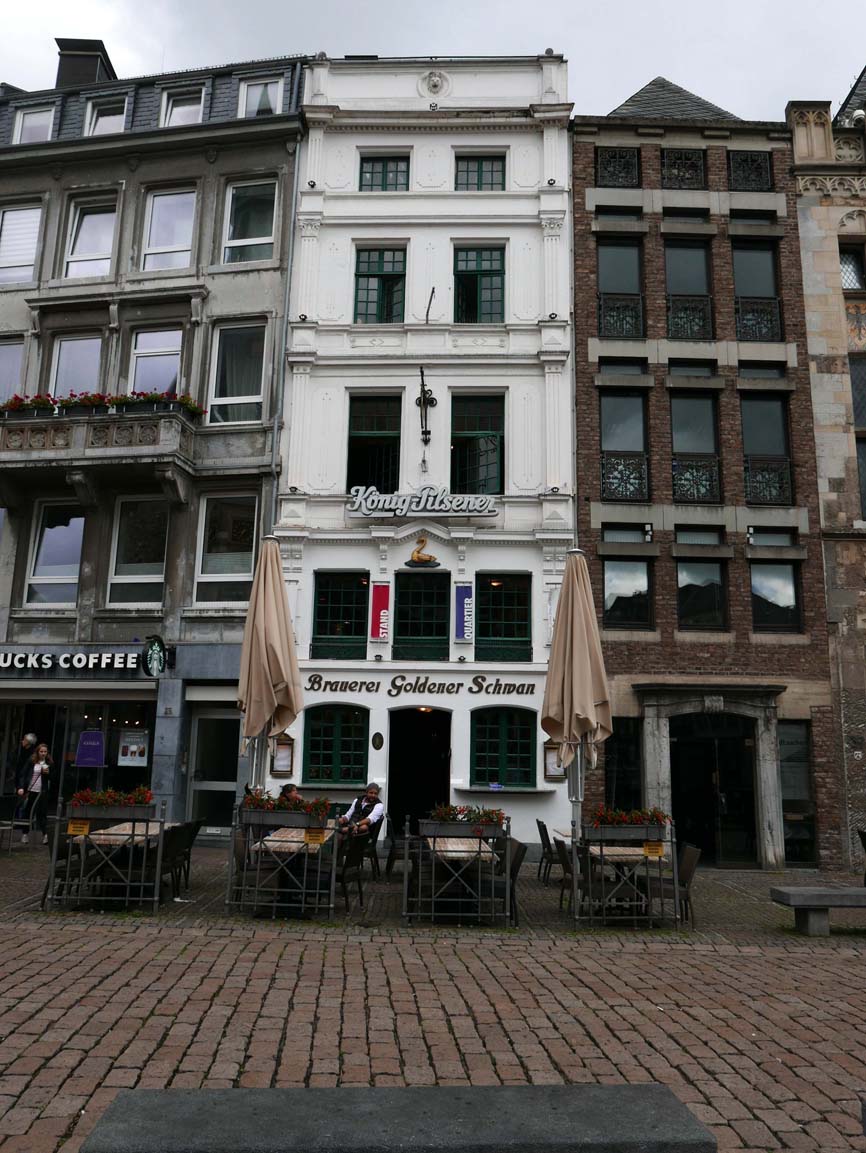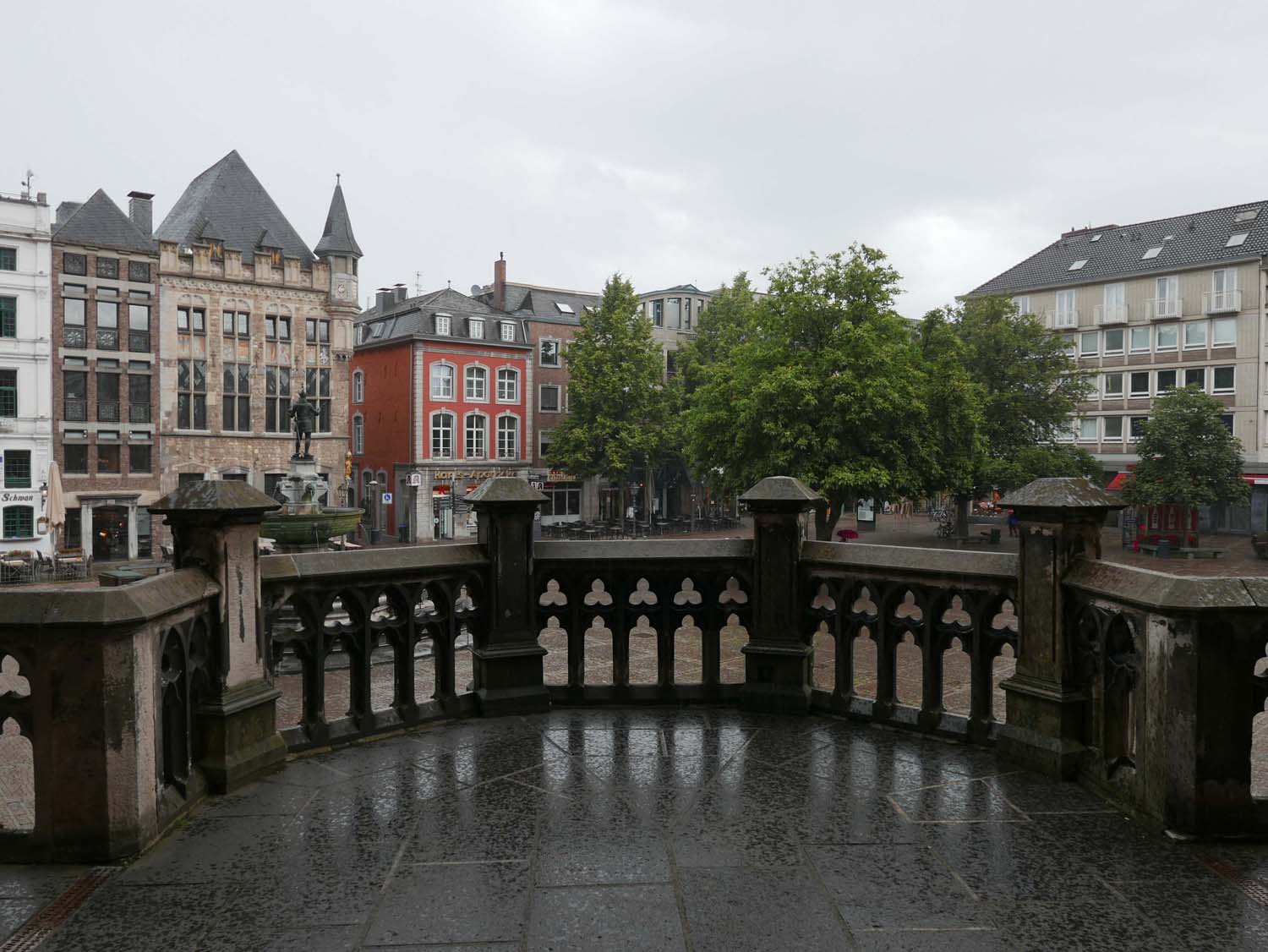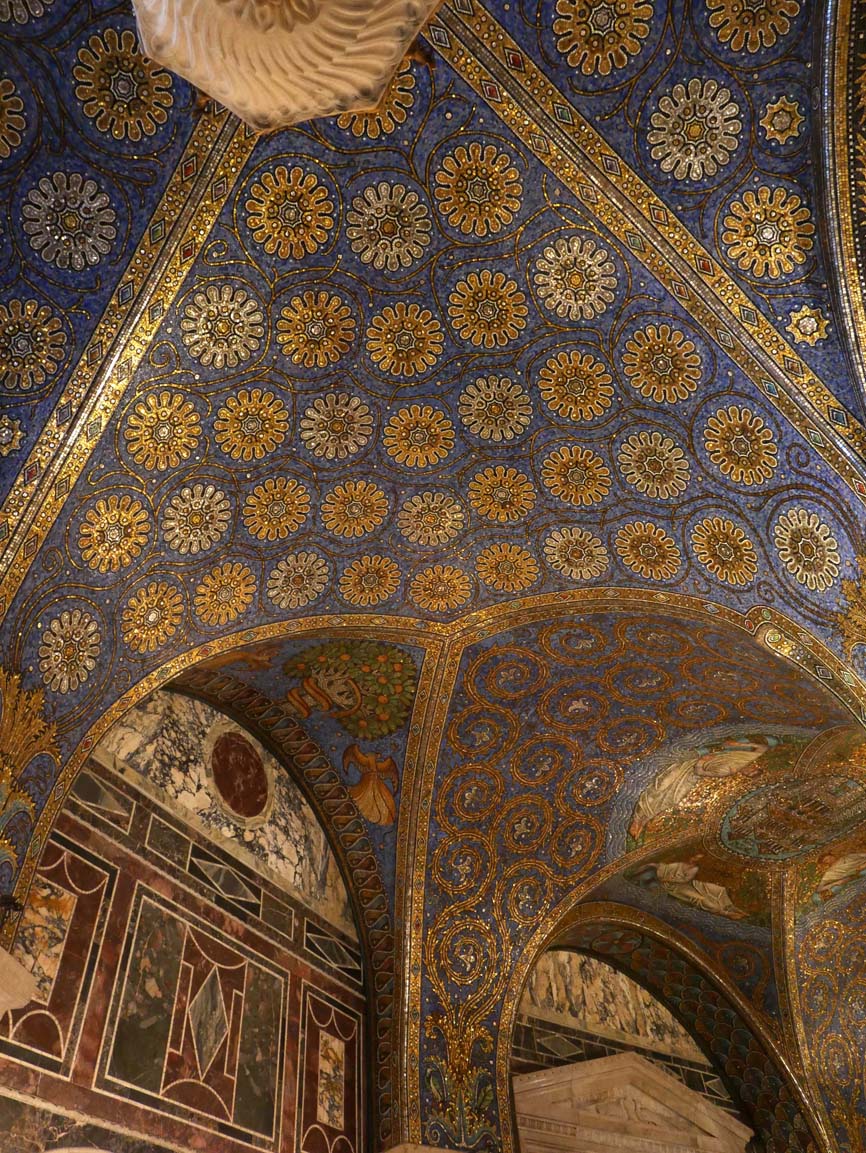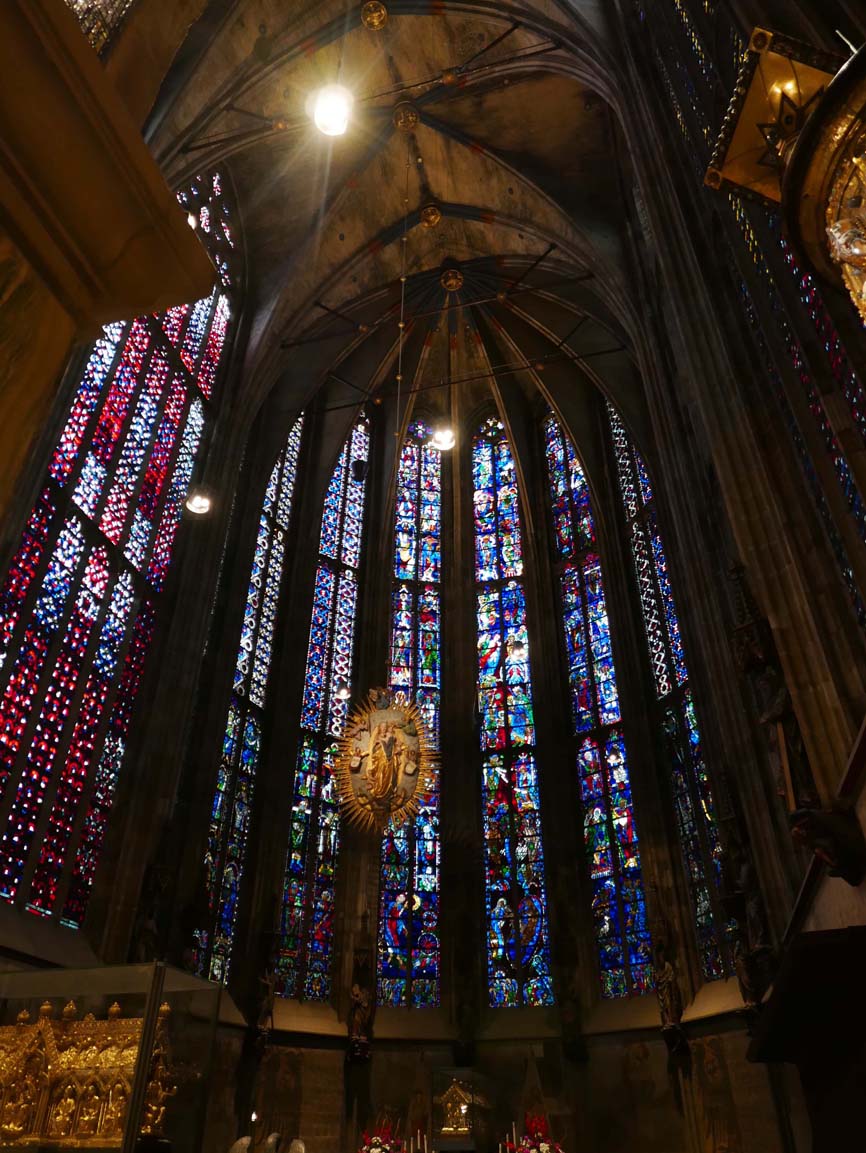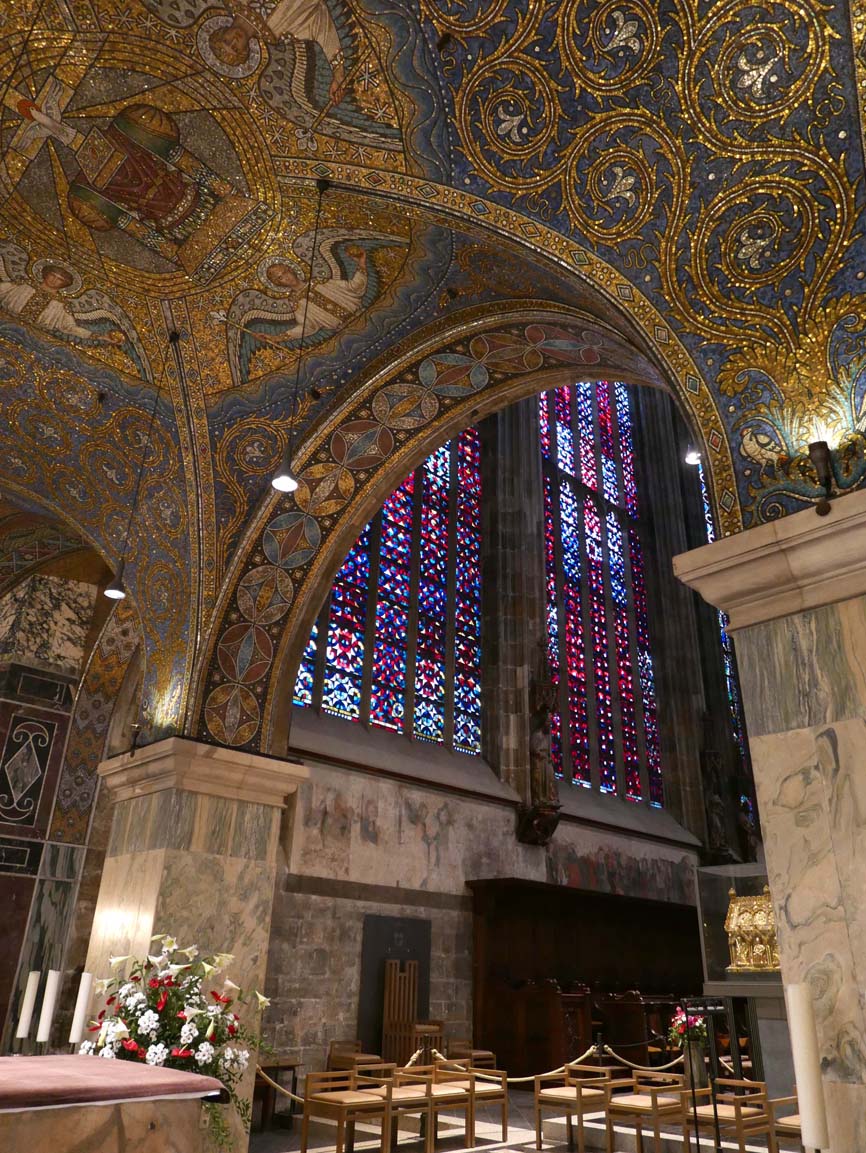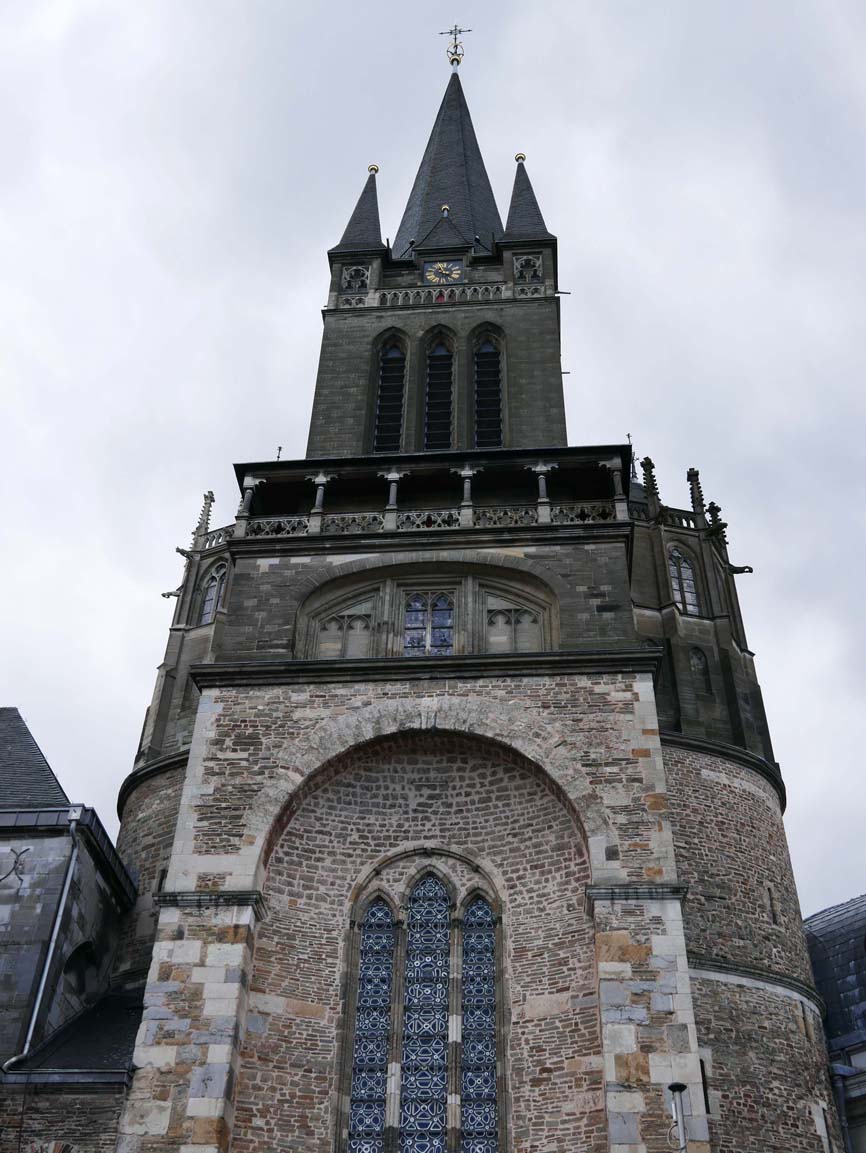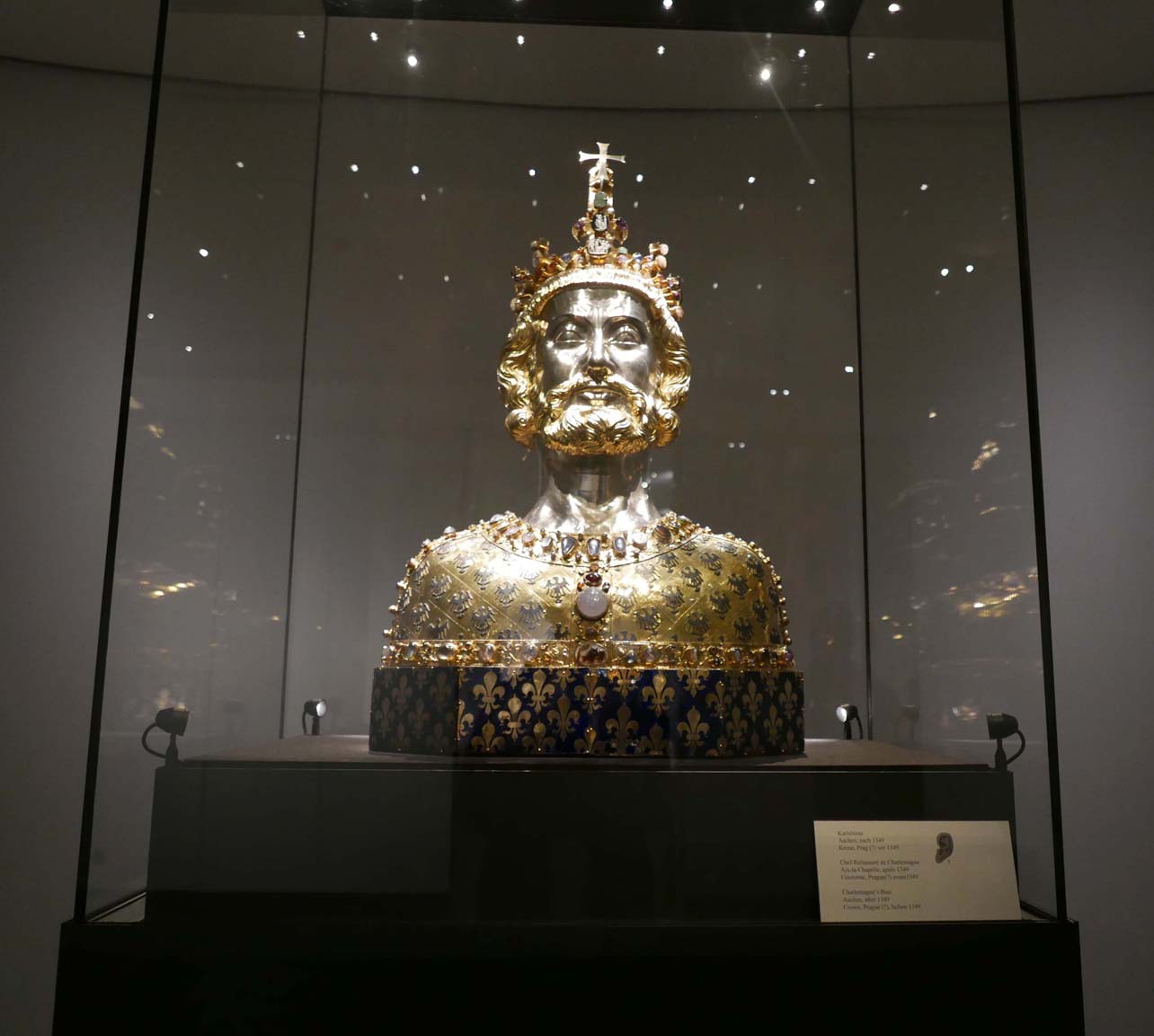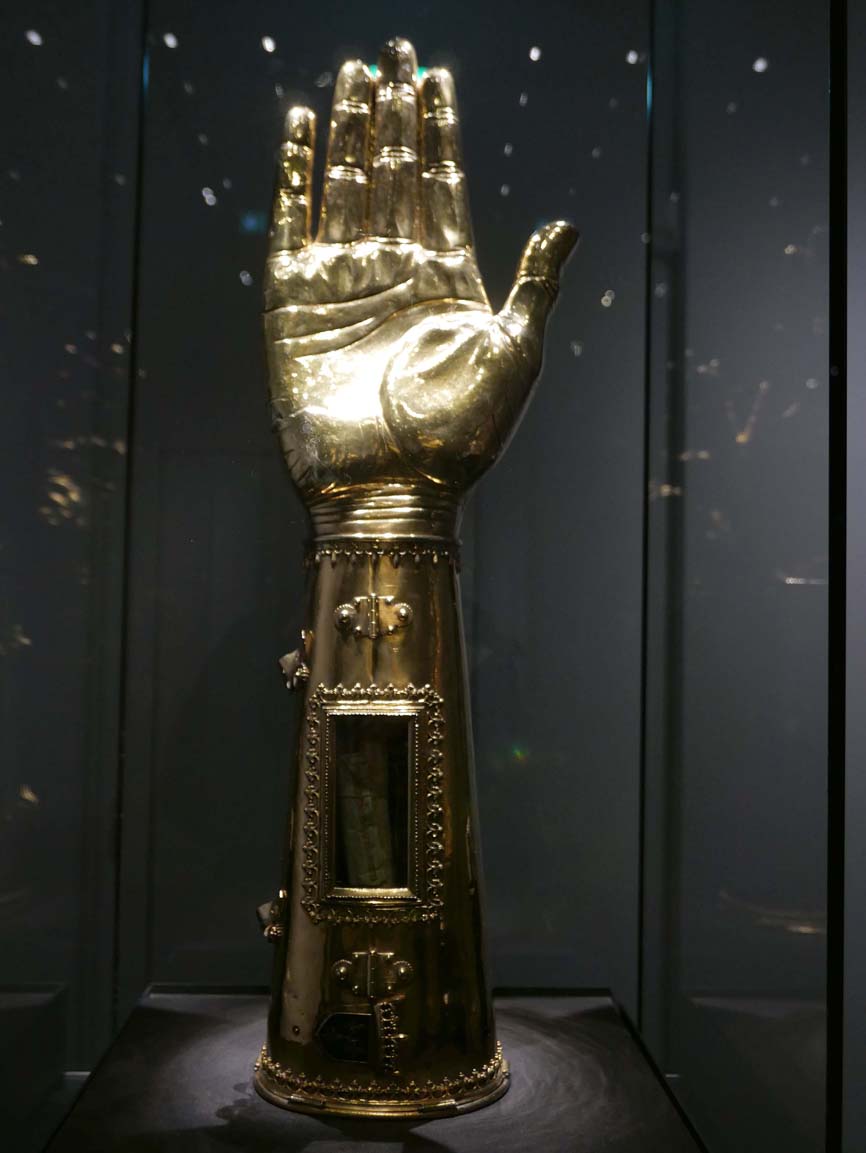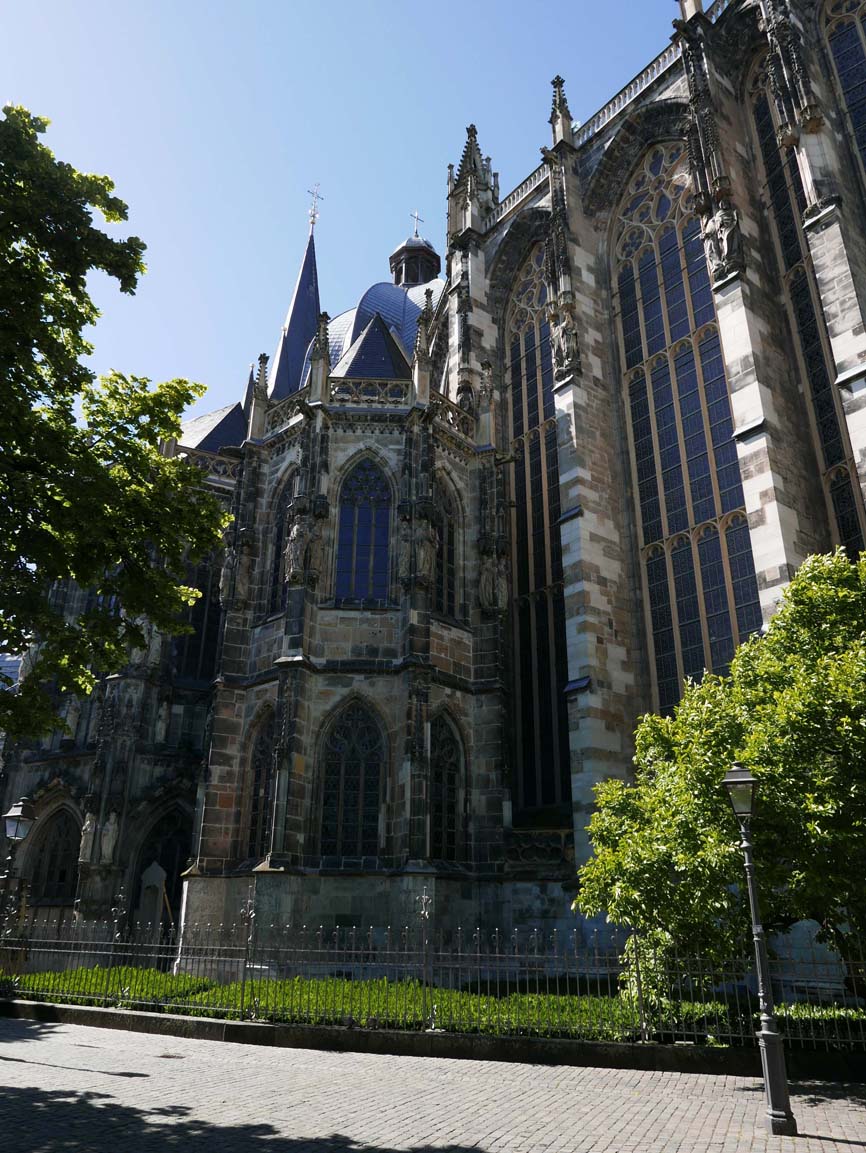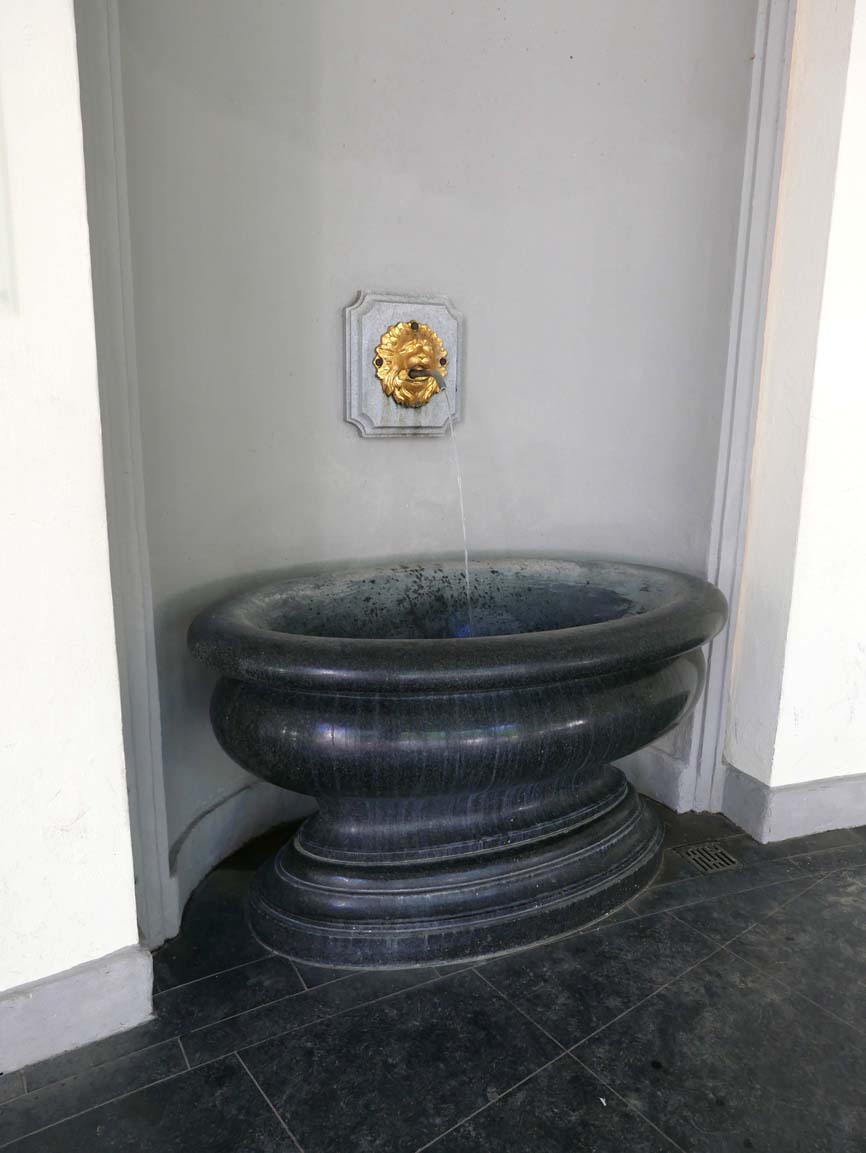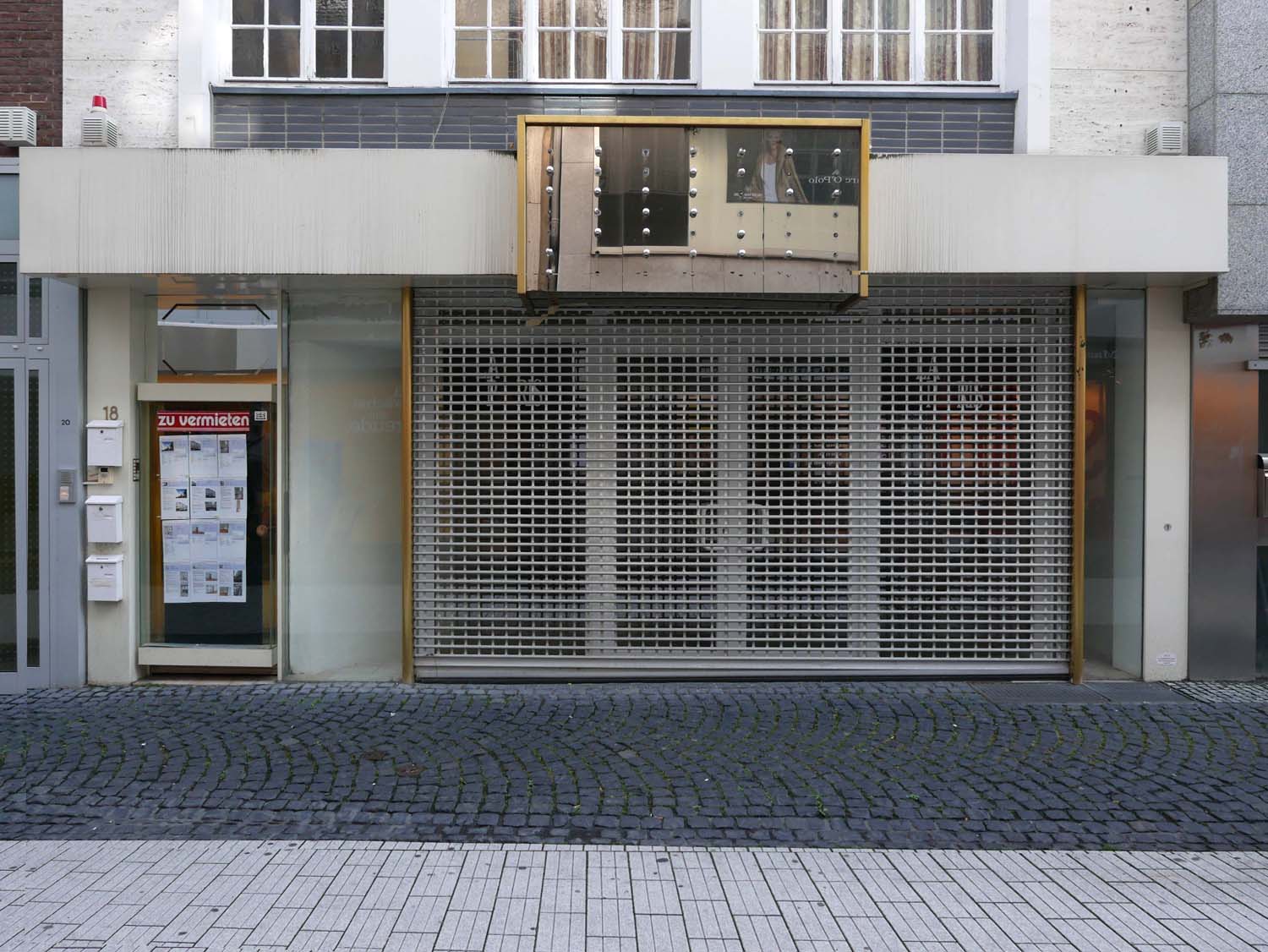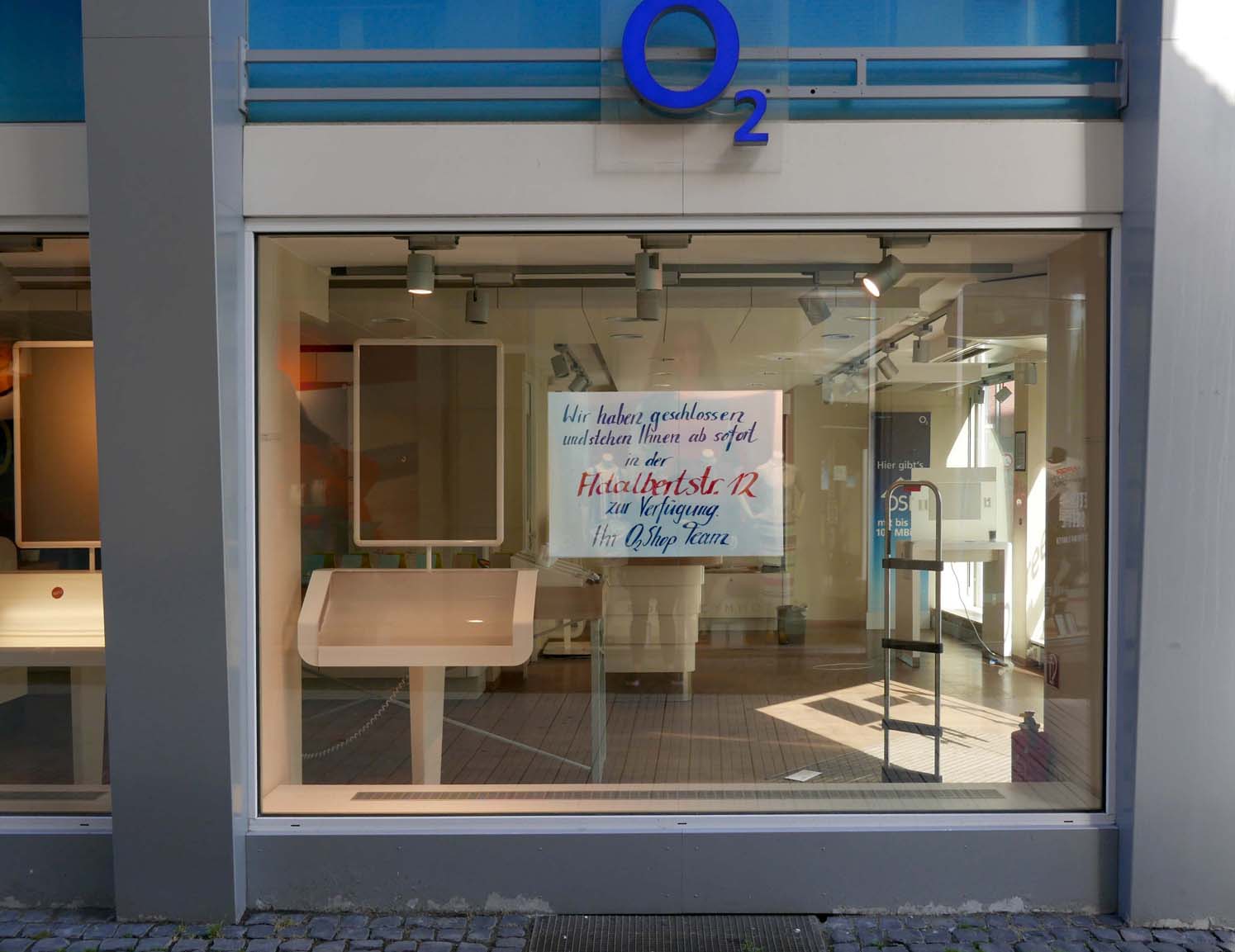My train from Frankfurt was delayed by over an hour, so I didn’t get to Aachen until after 2. This turned out to be fine, as it’s a small city and everything is easily walkable. Aachen has a long history, dating to Neolithic times and later settled by the Celts and the Romans because of its thermal springs. It later became the political center of Charlemagne’s empire, and he was buried here in 814. This history was very interesting and important to Calvin and Octavia, so I went on a quest to find Charlemagne (whom I found…or at least his arm bone.) I was able to visit the treasures of the sacristy of the cathedral, so I saw many of the same relics that Octavia mentions below. I also made a stop at the sulfurous-smelling Elisenbrunnen and the medieval city hall, and as I walked around I became very aware of all of the empty storefronts.
Some excerpts from Calvin and Octavia:
Calvin (in a letter to his wife, Temperance):
"I went from Cologne (where my letter to Tom was written) to Aix la Chapelle [French name of Aachen] over an interesting country than I expected [sic] and far more hilly, for we passed through one Tunnel of a mile. In this city rendered famous by Charlemagne and many great events since his time we staid a day, rode over it, visited the baths, the Churches etc. (we are a mighty going people) and next day by Liege, Louvain, etc. to the beautiful city of Brussels."
Octavia:
"…Charlemagne here had a castle, and his beloved Fastrada died. He grieved over body until Turpin the wise came while he was asleep and removed the ring from her finger, and that broke the spell of melancholy.
Aix contains 40,000 — Roman Aquis Grani; they had baths here. Charlemagne was born and died here 814; he made it a place of eminence. Napoleon united it to France, but after the Peace of Paris, it was restored again to Prussia.
Manufactories of cloth and needles. Hotel de Ville (Rathaus — in the market place, erected 1353, in the same spot where stood the palace of Frankish kings, where Charlemagne was born. Tower of Granus — east — Congresses met here in 1758 and 1818 — artists of the Düsseldorf school — Lord Sandwich, the English minister — Napoleon’s in the center of the square — bronze statue of Charlemagne — Don Karl — Ch.’s Chapel — he designed it for his burial — form of the holy Sepulcher, consecrated by Leo III. 365 archbishops and bishops were to have been present but 2 were missing. Church destroyed by the Germans and rebuilt by Otho III of the old materials; one of the oldest buildings in Germany. “Carlo Magno” on the slab under the dome. The place built after the manner of the Holy Sepulchre of Jerusalem.
Aix La Chapelle July 30
The treasury or sacristy — skull of Charlemagne — arm bone — his hunting horn formed of elephant’s tusk — virgin’s hair [?] — Leather girdle of Christ (seal of Constantine on it, as the priest tells me) and the cord that bound the rod which smote him — nail of the cross — sponge — the arm of Simeon, which bore the infant Jesus — blood and bones of St. Stephen — [. . .] of St. Thomas and tooth — manna from the wilderness and some bits of Aron’s rod are still preserved here. Upon the relics, the Emperor swore at his coronation. The choir image presented by Mary Queen of Scots. Charlemagne’s throne, precious stones; great many jewels presented to Charlemagne by Sovereigns. Frederic Barbarossa —Eastern Gems — Models [?], diamonds, pearls, jasper — all the precious st[ones]…Fountain of Elise — a very handsome place — [. . .] etc. Boulevards — Music — nothing from 12 till night but music. Went to the opera accompanied by Mr. Lewis, the performance was truly excellent; music also, of course. “One night in Grenada.” Cafés brilliantly illuminated; promenade at the Font Elise; very much crowded; all gay, all enjoying themselves. I wrote a few lines and now in time to fall beneath the leaden scepter of the sable goddess."


